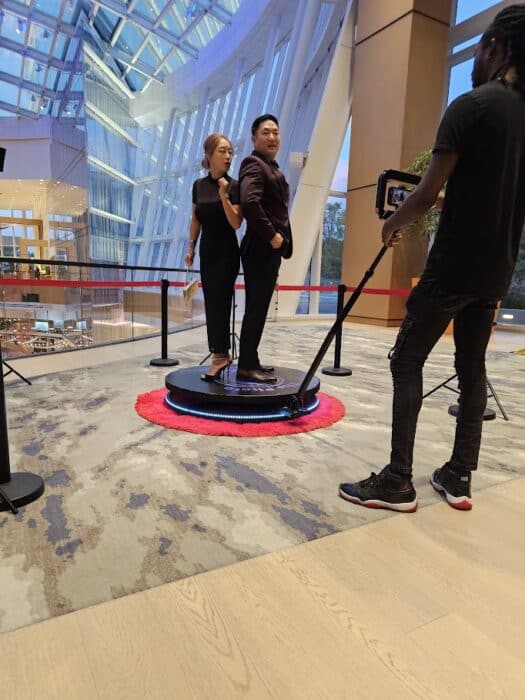In the realm of photography, innovation constantly reshapes our perspective and the way we capture moments. Among the recent breakthroughs, 360-degree camera technology stands out as a transformative force. These devices have not only redefined how we take photos but have fundamentally altered the way we experience visual content.
Evolution of Photography: Embracing Immersion
Traditional photography captured moments within a frame. However, 360-degree cameras revolutionized this concept by enabling the capture of an entire environment in a single shot. The immersive experience they offer has elevated storytelling and content creation to new heights.
Unveiling the Technology Behind 360 Cameras
At the core of this innovation lies advanced optics and specialized lenses that capture a full sphere of view. These lenses, often accompanied by multiple sensors, merge images seamlessly to create an immersive, spherical panorama. Coupled with sophisticated software, these cameras render a complete 360-degree image or video, enabling viewers to explore every angle.
Redefining Content Creation
360-degree cameras have transcended traditional photography, finding application in various fields. From real estate and tourism to journalism and entertainment, the impact is far-reaching:
1. Real Estate: Transforming Property Viewing
The real estate industry has embraced 360-degree photography to offer immersive virtual tours. Prospective buyers can explore properties remotely, experiencing the space as if physically present, revolutionizing the house-hunting experience.
2. Travel and Tourism: Bringing Destinations to Life
360-degree imagery has become a powerful tool for travel marketing. It transports viewers to exotic locations, allowing them to preview destinations and attractions, enticing them to plan their travels.
3. Journalism and Documentary: Creating Engaging Narratives
Journalists and documentary filmmakers leverage 360-degree cameras to immerse audiences in their stories. Viewers become active participants, exploring environments and gaining a deeper understanding of the subject matter.
4. Entertainment and Gaming: Enhanced Experiences
In the realm of entertainment and gaming, 360-degree technology elevates immersion. It enables interactive storytelling, providing audiences with a more engaging and personalized experience.
Impact on User Experience and Engagement
The appeal of 360-degree content lies in its ability to captivate audiences. By offering an interactive experience, it fosters deeper engagement. Users can control their viewing experience, directing their focus and exploring details, fostering a sense of involvement and connection.
Future Prospects and Challenges
While 360-degree cameras have come a long way, there’s still room for growth. Improvements in image quality, user-friendliness, and affordability remain focal points. Additionally, standardization across platforms and devices is crucial for widespread adoption.
Conclusion
360-degree camera technology continues to redefine visual storytelling, offering immersive experiences that transcend conventional photography. Its impact spans industries, transforming how we engage with content and enabling new forms of creativity. As this technology evolves, the possibilities for immersive photography are limitless, promising a future where boundaries between the captured image and the viewer dissolve entirely.


Leave a Reply